Marine
MRV Scotia Survey 1816S Programme
December 14, 2016 by Marine Directorate Communications No Comments | Category Marine Directorate general, Marine Directorate Science, Marine Directorate Surveys, Research Vessel Surveys
Duration: 10-20 December 2016
Gear:
Sea-Bird CTD/Carousel, sledge with OPC and CTD, ADCP mooring equipment, water filtering equipment
Objectives:
- Test the CTD and sledge/OPC in the Buchan Deep off Peterhead.
- Perform routine hydrographic sampling at stations along the long term monitoring JONSIS section in the northern North Sea.
- Perform routine hydrographic sampling at stations along the long term monitoring Faroe-Shetland Channel sections: Fair Isle-Munken and Nolso-Flugga.
- Conduct combined plankton/hydrographic observations by deploying the sledge with OPC/CTD at previous Aries stations in the Faroe-Shetland-Channel.
- Take salinity, nutrient, and oxygen samples along standard lines.
- Deploy ADCP mooring in Pentland Firth (58° 43.57′ N, 003° 14.18′ W).
- Train staff (who haven’t been on Scotia before) on oceanographic work.
- The vessel-mounted ADCP will be run during work on the hydrographic monitoring lines.
- If sheltering in a suitable location (around Shetland, Orkney, Pentland Firth) due to bad weather conduct VMADP survey.
General Procedure:
After departing Aberdeen and completing appropriate drills, weather permitting the vessel will proceed to the eastern end of the JONSIS line to commence sampling with the CTD and carousel water sampler (Table 1, Figure 1). On route test deployments of the CTD, carousel, and sledge/OPC will take place around the Buchan Deep.
After completing the Jonsis line and if the weather allows, the vessel will deploy the mooring in the Pentland Firth at position 58° 43.57′ N, 003° 14.18′ W, (Figure 2, sub surface single string mooring consisting of an anchor, chain, acoustic release and streamlined sub surface buoy containing the ADCP; the total length of the mooring will not exceed 8 m above the seabed).
The vessel will then proceed to the Faroe-Shetland Channel. Depending on weather conditions the vessel will commence hydrographic sampling and OPC measurements along the Fair Isle-Munken survey line (Table 2, Figure 1). On completion of the Fair Isle-Munken line the vessel will proceed to conduct hydrographic sampling and OPC measurements on the Nolso Flugga survey line (Table 3, Figure 1). Towed deployments of the OPC sampler will be carried out only at selected stations along the two lines in the Faroe-Shetland-Channel.
VMADCP surveys will be conducted if the vessel is sheltering from poor weather in suitable locations around Shetland, Orkney or the Pentland Firth.
Scientific Procedures:
It is expected that deployments of hydrographic equipment will be carried out with the CTD crane whilst the vessel is on station.
The sledge (OPC/CTD) deployments from the trawl deck will use the plankton crane.
Four container laboratories will be required: the sonar container, a dry container for electronics work and sampler communications, a wet lab with wide benches and sink, and the chemistry container.
The thermosalinograph will be run throughout the survey.
(NOTE: The survey will take Scotia into the Foinaven Development Area. This is now standard practice, and normal on-site communications will be established with the Foinaven coordinating officer).
Health and Safety:
The procedures described above are covered by the following Oceanography Group risk assessments:
- 01 – Mobilisation of Equipment
- 03 – Deployment and Recovery of Moorings
- 04 – Operation of 911+/Sealogger Carousel and CTD
- 05 – Salinity Analysis
- 06 – Operation of SBE25 CTS and carousel water sampler
- 07 – Chlorophyll Sampling
- 16 – Setting-up, Deploying and recovering of ARIES/Sledge
- 18 – Supervising students and other visitors
******************************************************************
Figure 1: The three main monitoring lines Jonsis, FIM and NOL.
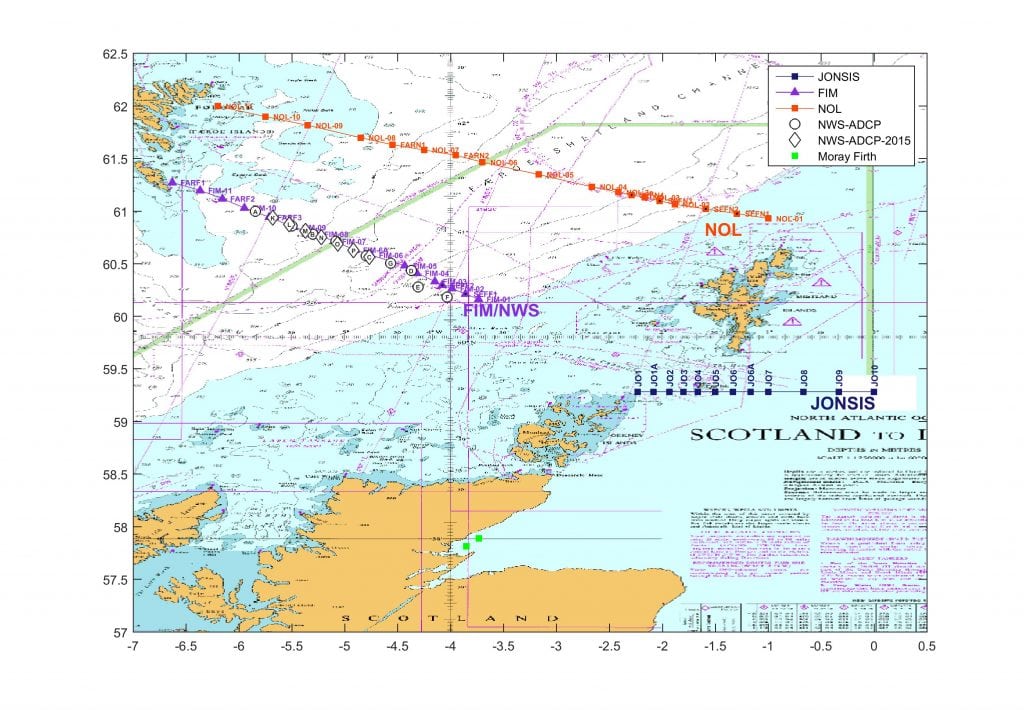 Figure 2: Location of the proposed mooring in the Pentland Firth (green dot).
Figure 2: Location of the proposed mooring in the Pentland Firth (green dot).
Table 1: JONSIS Line
JONSIS Line – Full Sampling
Priority Stations are JO-01, JO-03 and JO-06a, JO-10.
Standard depths of water bottles:
5, 10, 20, 30, 50, 75, 100 and bottom*.
*Fire a ‘bottom’ bottle if seabed is more than 20m below the lowest standard bottle.
JONSIS Sampling Strategy
Methods/Codes
[DS] Duplicate salinities at JONSIS-1, 3, 6A, 10 at depths of 50m, 75m and 100m [Nov-2016 update].
[CH] Chlorophyll (1 litre) to be taken at all stations at 10m, 20m, 30m, 50m and 75m.
Nutrients to be taken using plastic tubes. These are analysed for silicate/nitrate/phosphate. Samples should be stored in a fridge in the chemistry container.
[N] Nutrients to be taken at all depths.
[OCal] Oxygen to be taken for calibration at 10, 30 (JO-1), or at 10, 75 (JO-10).
Table 2: Fair Isle – Munken (Amended for presence of Foinaven oil platform).
Fair Isle – Munken – FULL SAMPLING
(Amended for presence of Foinaven oil platform; SEFOS naming changed Nov-2014, Updated for 2015 to include additional Faroese Stations).
* FIM-03 – Use 60 20.25’N 004 09.00’W if above position is occupied.
Standard depths of water bottles:
5, 50, 100, 200, 300, 400, 500, 600, 700, 800, 900, 1000 and bottom
If all 12 bottles used drop 50m depth.
Fire a bottom bottle if seabed is more than 50m below the lowest standard bottle
If stations need to be missed they should be dropped in this order
[Priority 4: FARF1, FARF2. FARF3], [Priority 3: SEFF1, SEFF2]
[Priority 2, FIM-04, FIM-06a, FIM-07]
Fair Isle – Munken Sampling Strategy
Notes:
Standard stations (FIM* and SEFF*) taken by Marine Scotland are marked in bold.
Additional Faroese stations (FARF*) were incorporated in 2015, NO water sampling is required at these stations.
Methods/Codes:
[DS] Duplicate salinities at FIM-1, 3, 6A, 9, 11 and all depths except at 5m, 50m, 400m, 500m and 600m. [Nov-2016 update].
[CH] Chlorophyll (1 litre) to be taken at all standard stations at 5m and 50m.
Nutrients to be taken using plastic tubes. These are analysed for silicate/nitrate/phosphate. Samples should be stored in a fridge in the chemistry container.
[N] denotes Nutrients to be taken at all depths.
[OCal] Oxygen to be taken for calibration at 5, 100 (FIM-2/11), or at 5, 700, 900 (FIM-6).
[Sledge] Sledge deployment after CTD cast.
Table 3: Nolso-Flugga
Nolso-Flugga FULL SAMPLING
(SEFOS naming changed Nov-2014, Updated for 2015 to include additional Faroese Stations, Updated for 2016 with Oxygen Cal Samples).
Standard depths of water bottles:
5, 50, 100, 200, 300, 400, 500, 600, 700, 800, 900, 1000, 1100, 1200 and bottom
If all 12 bottles used drop 50m, 200m and 400m depths in this order.
Fire a bottom bottle if seabed is more than 50m below the lowest standard bottle
If stations need to be missed they should be dropped in this order
[Priority 4: FARN1, FARN2], [Priority 3: SEFN1, SEFN2, SEFN3, SEFN4]
[Priority 2, NOL-3a, NOL-05, NOL-07, NOL-10]
Nolso-Flugga Sampling Strategy
Notes:
Standard stations (NOL* and SEFN*) taken by Marine Scotland are marked in bold.
Additional Faroese stations (FARN*) were incorporated in 2015, NO water sampling is required at these stations.
Methods/Codes
[DS] Duplicate salinities at NOL-1, SEFN-3, NOL-4, 7, 10 and all depths except at 5m, 50m, 400m, 500m and 600m.[updated Nov-2016].
[CH] Chlorophyll (1 litre) to be taken at all standard stations at 5m and 50m
Nutrients to be taken using plastic tubes. These are analysed for silicate/nitrate/phosphate. Samples should be stored in a fridge in the chemistry container.
[N] Nutrients to be taken at all depths.
[OCal] Oxygen to be taken for calibration at 5, 100 (NOL-2/11), or at 5, 700, 1100 (NOL-6).
[Sledge] Sledge deployment after CTD cast.

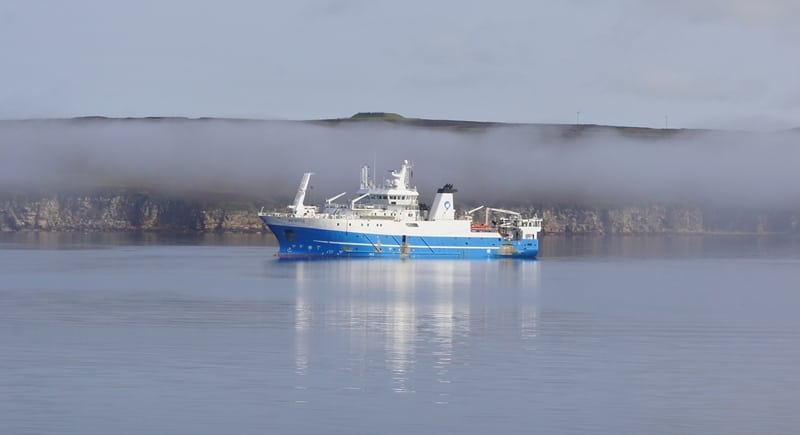
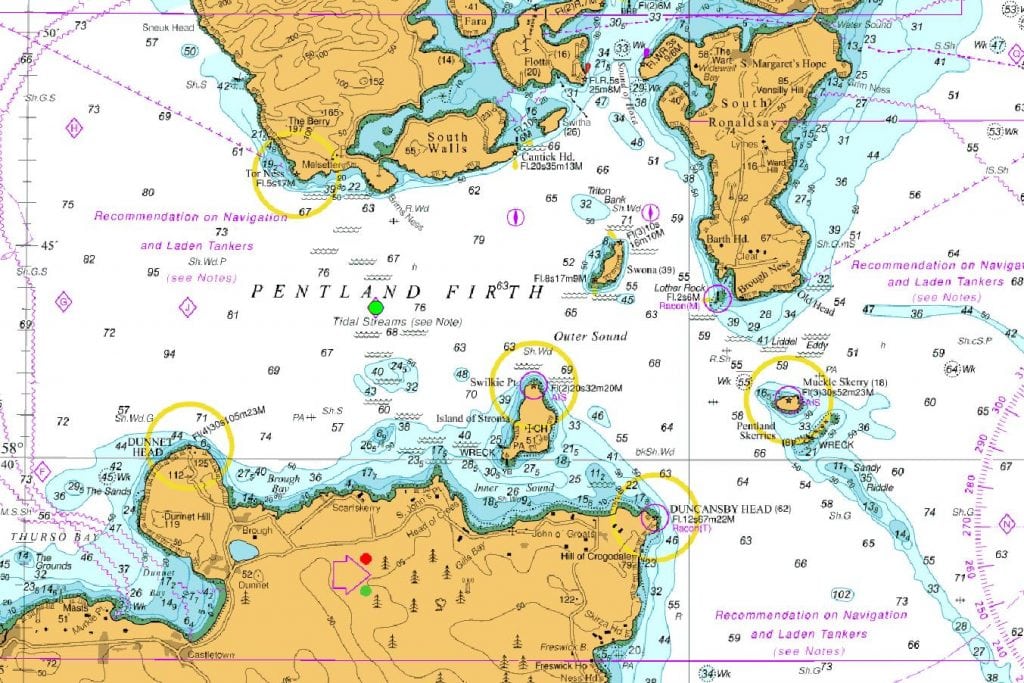
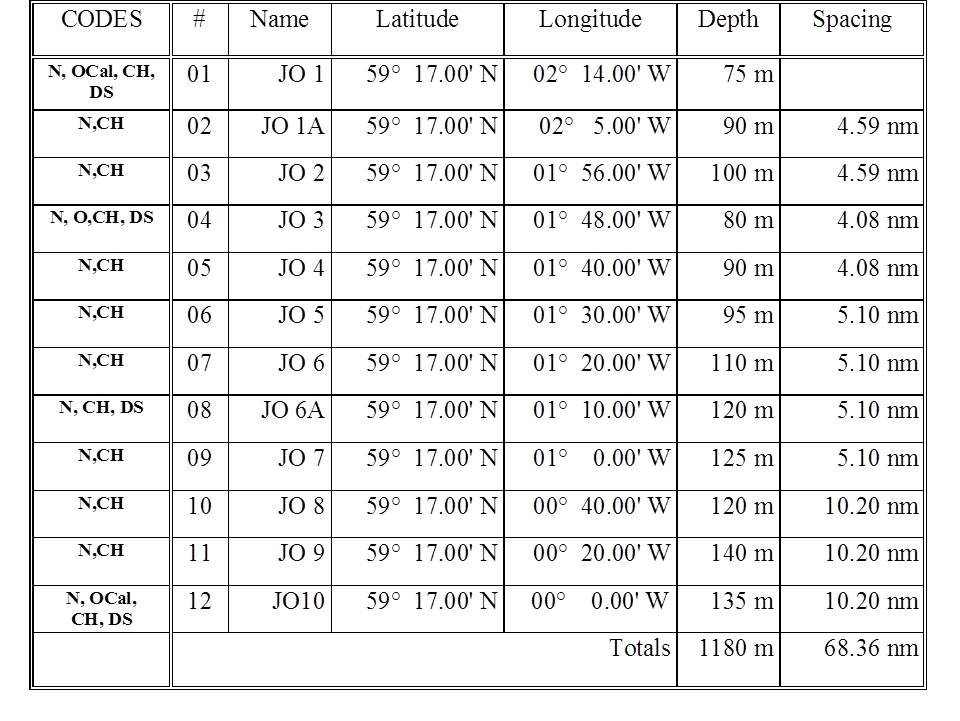
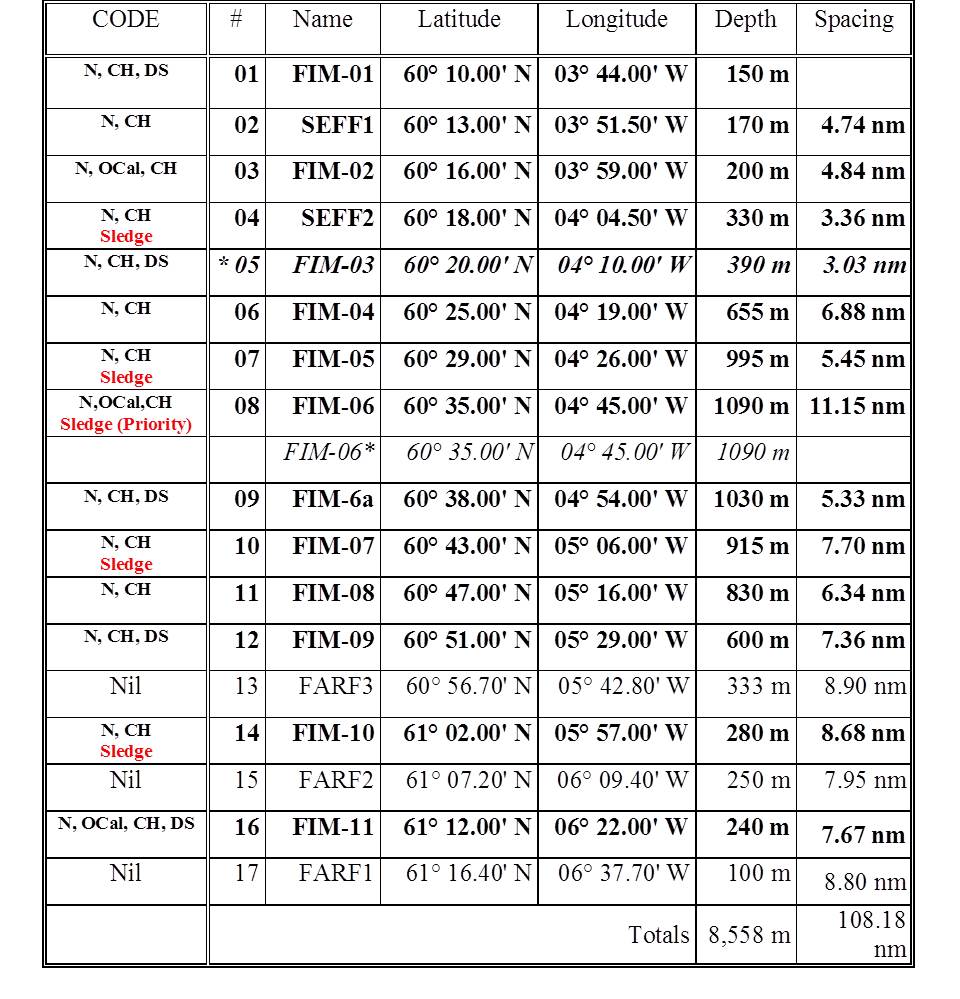
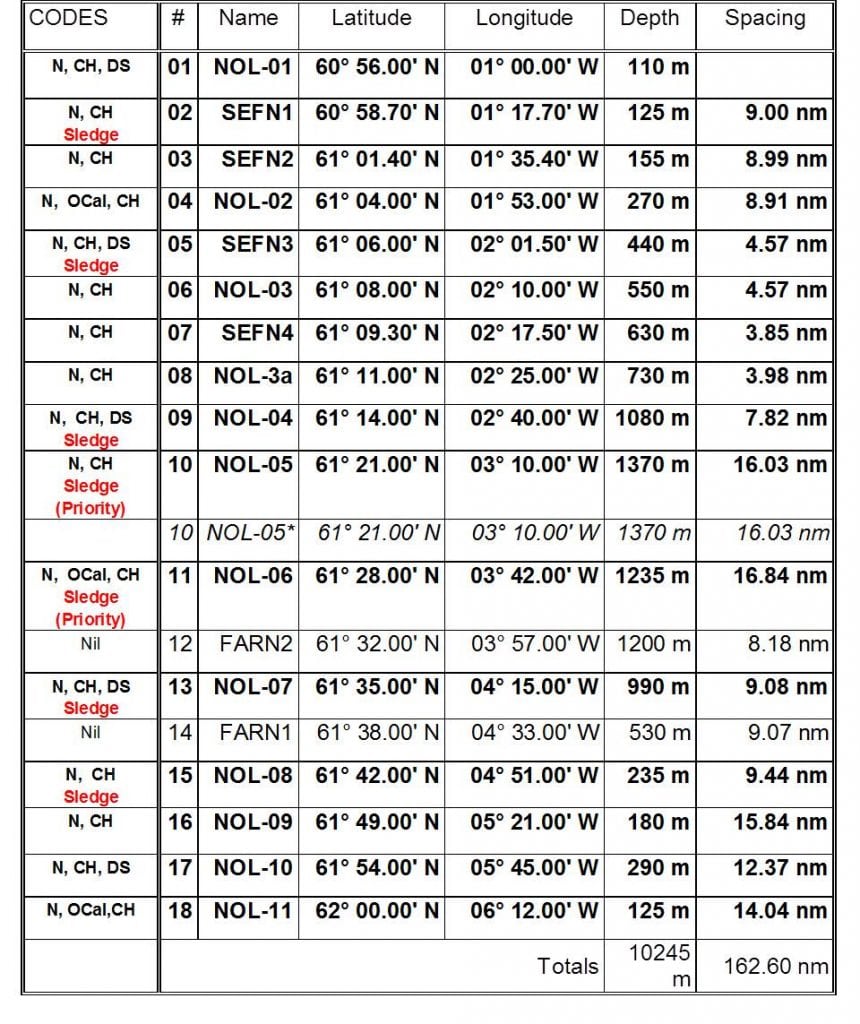

Leave a comment